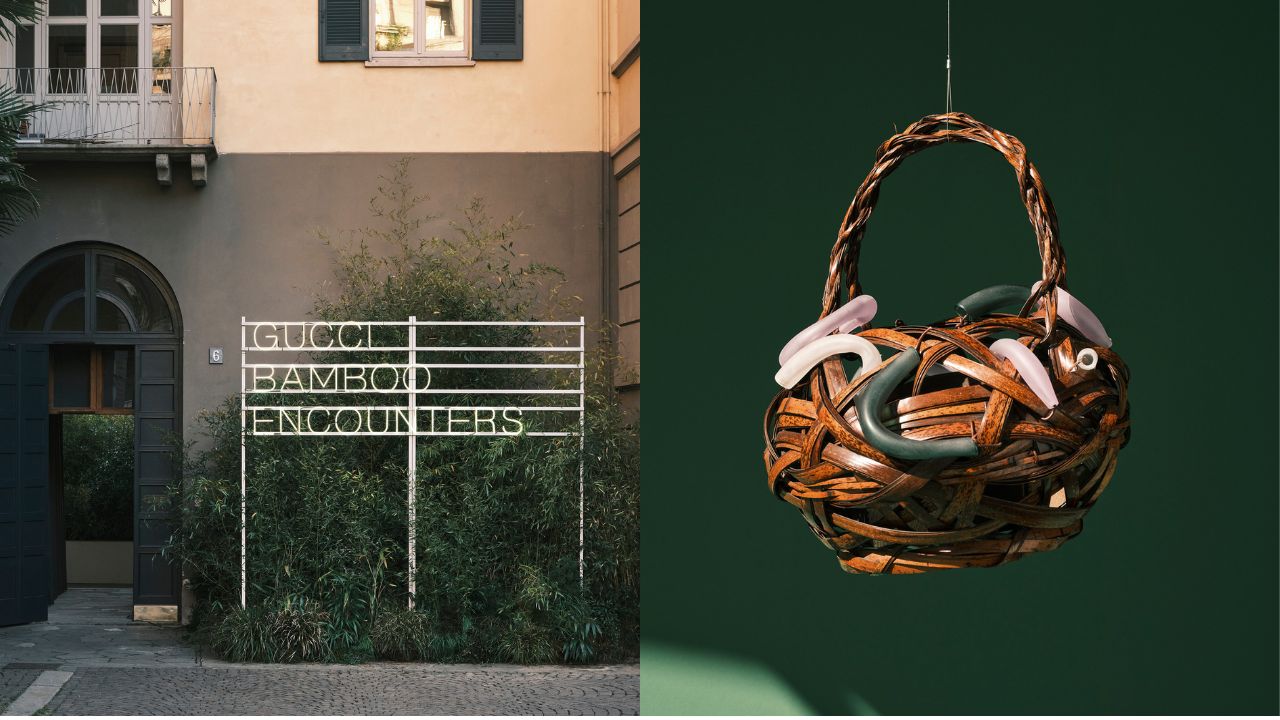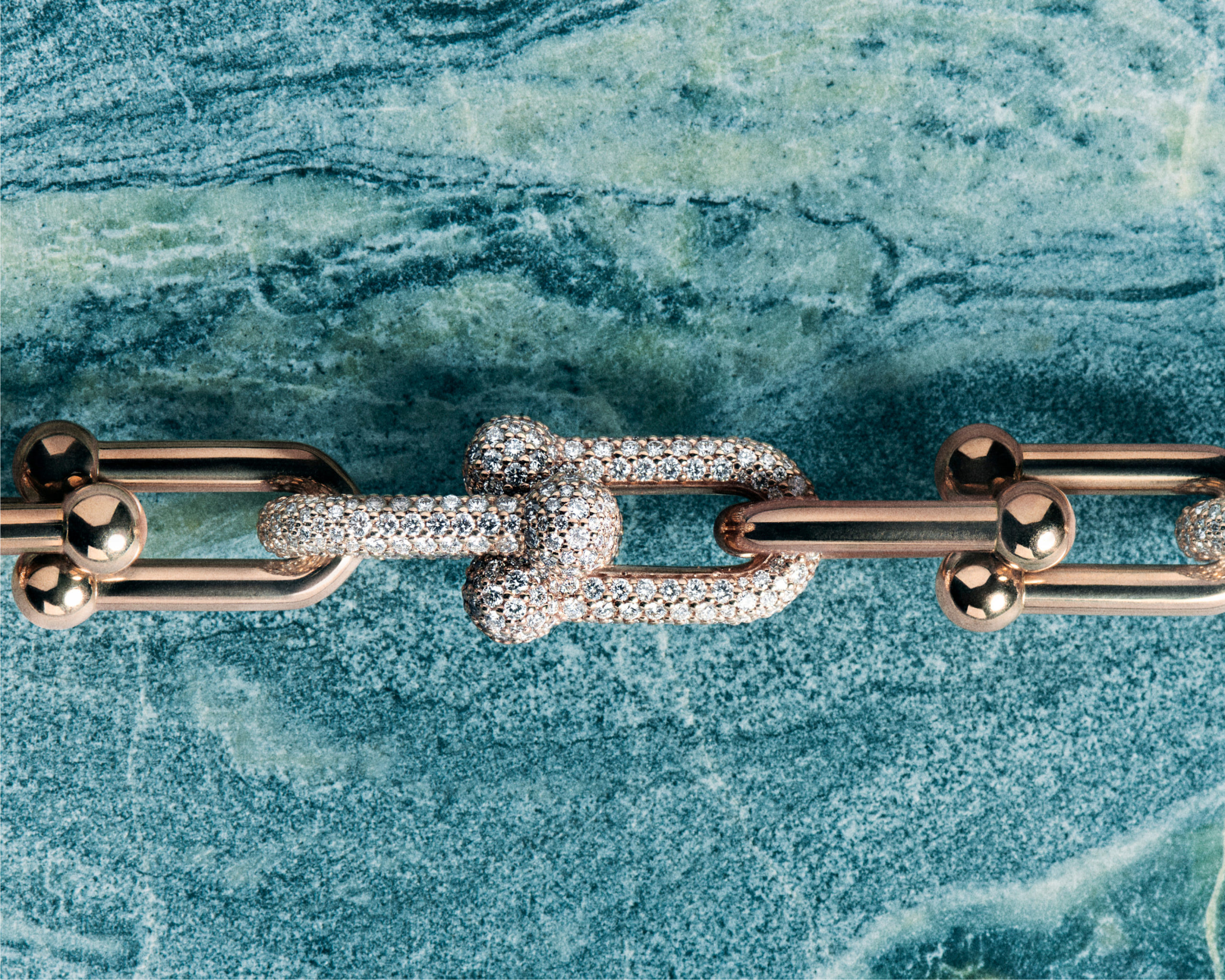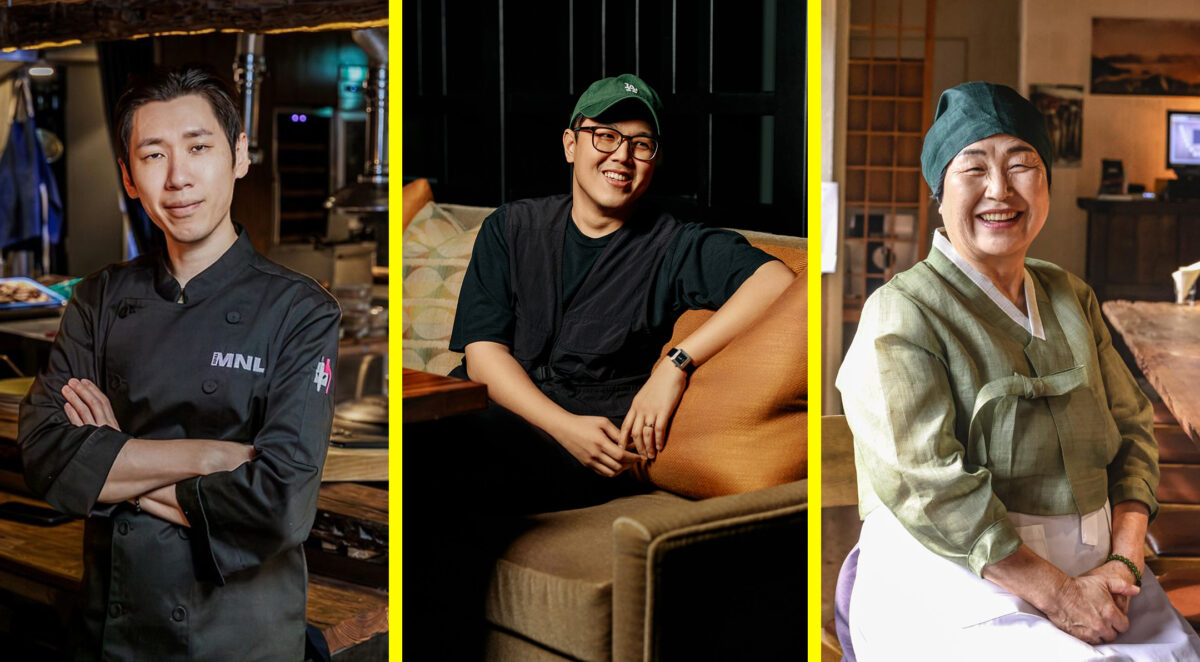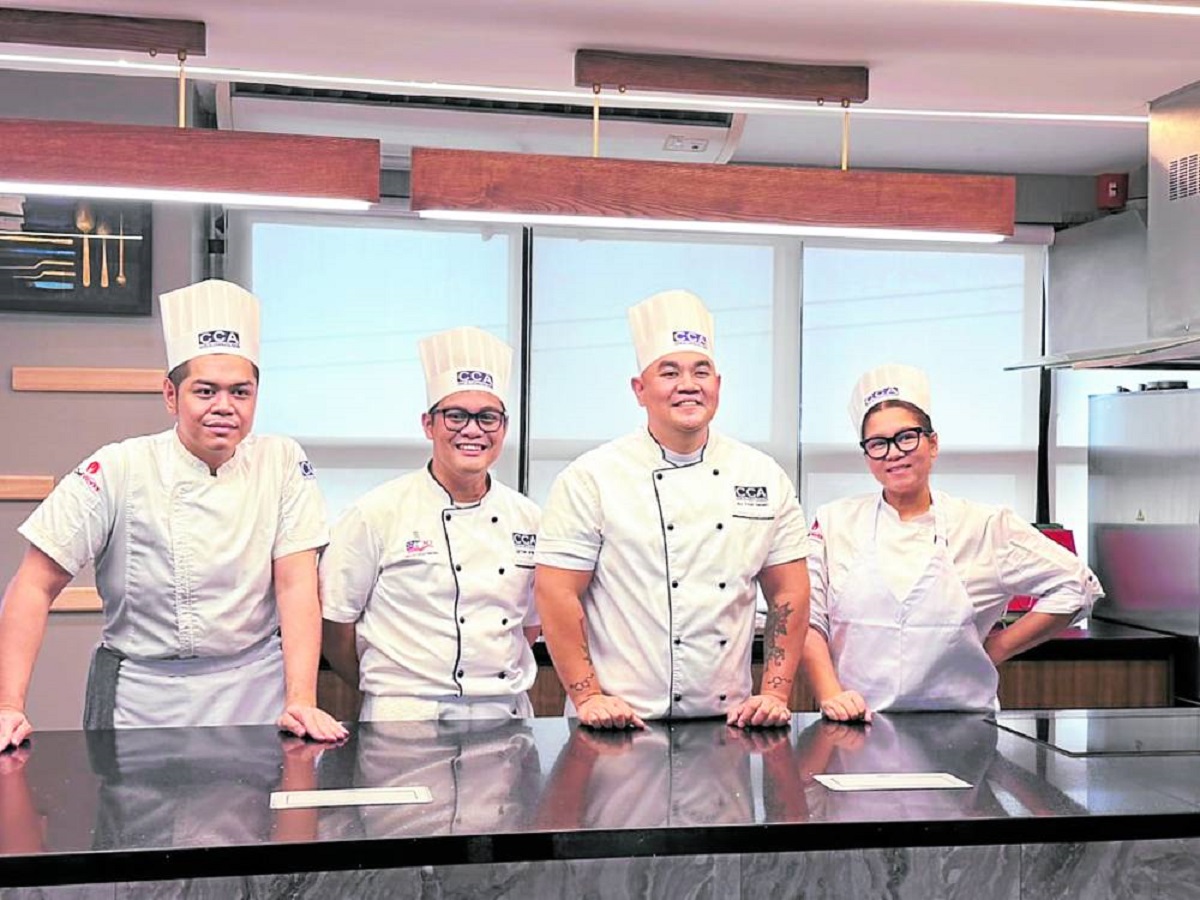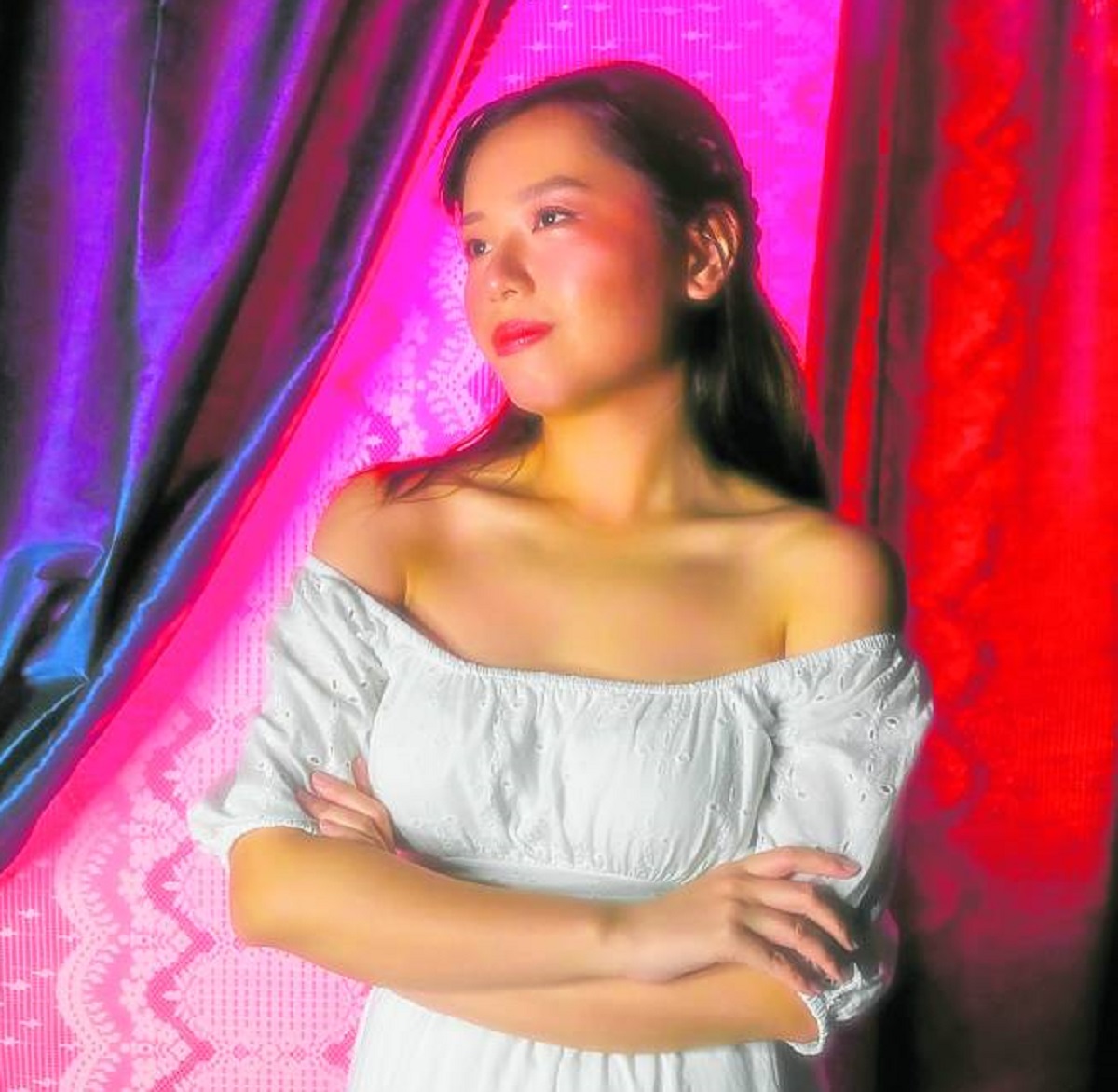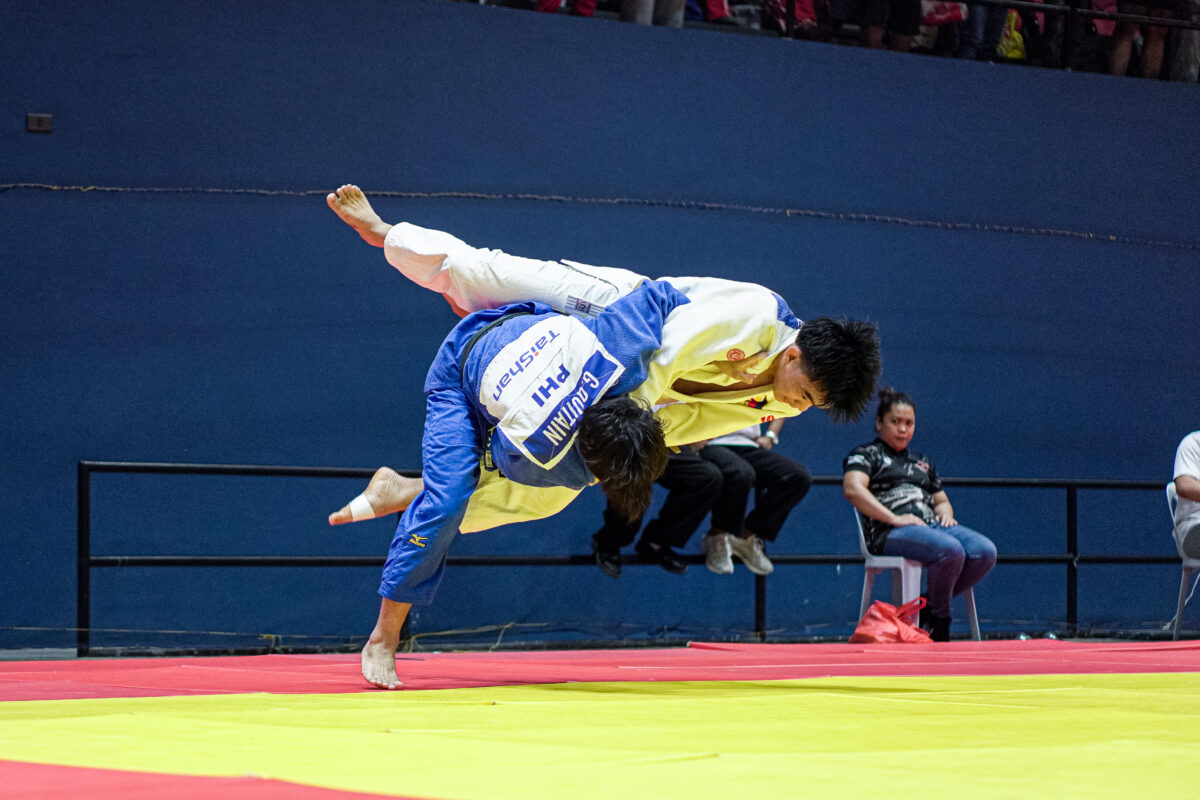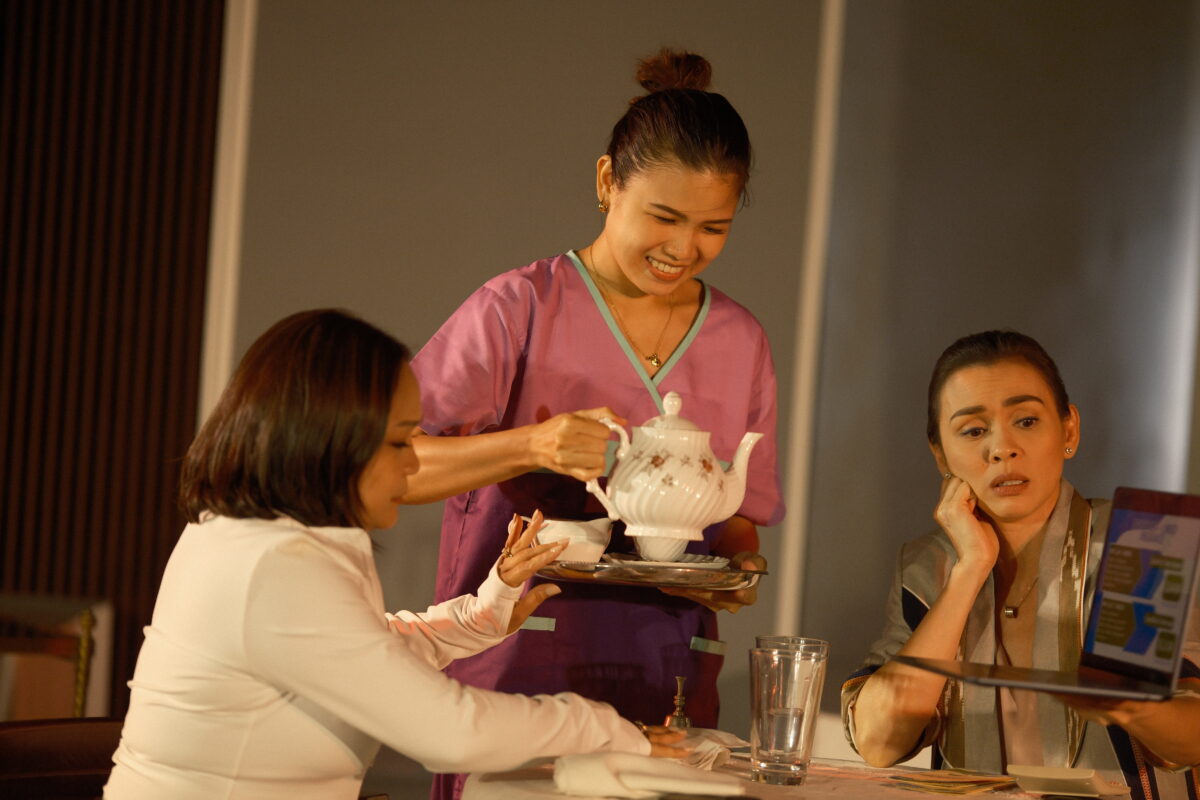
BEIJING — At 7:30 pm on July 15, 1971, United States President Richard Nixon spoke to the nation from a television studio in Burbank, California.
“I have requested this time tonight to announce a major development in our efforts to build a lasting peace in the world,” he began, before reading an announcement that was also being made in Beijing.
It said that Premier Zhou Enlai and Henry Kissinger, Nixon’s assistant for national security affairs, had met for talks in Beijing from July 9 to 11. Knowing that Nixon wanted to visit China, Zhou, on behalf of the Chinese government, had invited him to come to the country at an “appropriate date” before May 1972. Nixon had accepted the invitation “with pleasure”.
Nixon said, “The meeting between the leaders of China and the United States is to seek the normalization of relations between the two countries and also to exchange views on questions of concern to the two sides.”
More than two years of complex, subtle and determined diplomatic efforts and negotiations preceded the announcement.
Nixon wrote in his memoirs, published in 1978: “Despite the almost miraculous secrecy we had been able to maintain, the China initiative was actually one of the most publicly prepared surprises in history.”
The latest Chinese edition of the book, RN: The Memoirs of Richard Nixon, was published in May this year to mark the 40th anniversary of the normalization of China-US ties. Different translated versions were also published in 1979 and 2001.
The 1,166-page book, an intensely personal examination of his life and career, sheds light on the Nixon administration’s behind-the-scenes decisions for dealing with a then-isolated China.
In an article published by Foreign Affairs magazine in October 1967, Nixon stressed the importance of Asia to the US and the world, concluding with a section on US policy toward China.
“For the short run, then, this means a policy of firm restraint, of no reward, of a creative counter-pressure designed to persuade Peking (Beijing) that its interests can be served only by accepting the basic rules of international civility. For the long run, it means pulling China back into the world community – but as a great and progressing nation, not as the epicenter of world revolution,” Nixon said.
According to the book, shortly after taking office in 1969, Nixon urged Kissinger to explore the possibilities of rapprochement with the Chinese.
The book tells how China and the US sent signals to each other.
Nixon wrote, “The first serious public step in the China initiative had been taken in February 1970 when I sent the first Foreign Policy Report to Congress.”
The report called the Chinese “a great and vital people who should not remain isolated from the international community”.
“It is certainly in our interest, and in the interest of peace and stability in Asia and the world, that we take what steps we can toward improved practical relations with Peking,” the report read.
Nixon said Chinese leaders clearly understood the significance of the language in the report, because two days later, during a meeting in Warsaw, Poland, with US Ambassador Walter Stoessel, the Chinese charge d’affaires, Lei Yang, suggested moving their previously unproductive meetings to Beijing. He also hinted that China would welcome a high-ranking US official as head of the delegation.
Messages and signals had been going back and forth between the two countries for more than two years.
In an interview with Time magazine in October 1970, Nixon said: “If there is anything I want to do before I die, it is to go to China. If I don’t, I want my children to.”
In March 1971, Washington ended all restrictions on the use of US passports for travel to the Chinese mainland.
In April that year, Nixon terminated the 20-year embargo on trade between the two nations. He also ordered new steps to be taken to ease currency and shipping controls placed on China.
At a news conference on April 29, 1971, Nixon said he expected to visit China sometime in some capacity.
He added that he hoped to contribute to “a policy in which we can have a new relationship” with China.
In August 1970, Chairman Mao Zedong invited the US writer Edgar Snow to Beijing, and on Oct 1, Mao placed Snow next to him on the reviewing stand at the parade celebrating the 21st anniversary of the founding of the People’s Republic of China.
In December that year, in an interview with Snow, Mao said China was considering allowing US citizens of all political persuasions to visit the country. When Snow asked whether a rightist such as Nixon, who represented the “monopoly capitalists”, would be allowed to visit, Mao said he would be happy to talk to Nixon, whether he came as president or as a tourist.
Snow’s interview appeared in Life magazine in April 1971.
Nixon recalled in his book that it was now public knowledge that Mao would welcome him to Beijing.
Intermediary sought
China and the US moved closer to negotiations after largely not communicating with each other for 20 years.
According to Nixon’s memoirs, his administration attempted to find an intermediary who could “pass word directly to Beijing”.
When Nixon visited Pakistan in July 1969, he told President Yahya Khan that the US had decided to try to normalize relations with China, and asked for his help as an intermediary.
The Pakistani leader said his country would do anything it could to help, but added, “Old enemies do not easily become new friends.” When Khan visited the White House in October 1970, Nixon used their meeting to establish the so-called Yahya Channel.
During a visit to Romania in 1969, Nixon also talked with President Nicolae Ceausescu about the need for a new Sino-US relationship.
Nixon’s toast at a dinner in Romania was the first occasion on which a US president had intentionally referred to China by its official name, the People’s Republic of China, rather than Communist China.
“This was a significant diplomatic signal,” Nixon wrote.
In his meeting with Ceausescu next day, Nixon said that, even short of the ultimate goal of re-establishing full diplomatic relations with China, there could be an exchange of high-level personal representatives. Ceausescu agreed to pass this on to Beijing, marking the opening of the so-called Romanian Channel.
In December 1970, Zhou sent word through the Pakistani president that Nixon’s representative would be welcome in Beijing to discuss the “Taiwan question”.
Nixon wrote that with characteristic subtlety, Zhou concluded with a play on words.
“We have had messages from the United States from different sources in the past,” Zhou said, “but this is the first time that the proposal has come from a Head, through a Head, to a Head.”
The US, through the Yahya Channel, replied that any meeting should not be limited to a discussion of Taiwan, and proposed that Chinese and US representatives meet in Pakistan to discuss the possibility of a high-level meeting in Beijing.
Zhou sent a message for Nixon through the Romanian Channel, stating that there was only one outstanding issue between the two countries – the “US occupation of Taiwan”. China had attempted to negotiate on this issue in good faith for 15 years, and if the US wished to resolve the situation and propose a solution, China would be prepared to receive a US special envoy in Beijing.
On April 6, 1971, there was a surprise breakthrough for the Nixon administration. It heard from the US embassy in Tokyo that a US table tennis team competing in the world championships in Japan had been invited to visit China to play exhibition matches.
“I was as surprised as I was pleased by this news,” Nixon wrote. “I had never expected that the China initiative would come to fruition in the form of a ping-pong team.”
The US immediately accepted the invitation, and China granted visas to several Western reporters to cover the team’s tour.
Some reporters sent back “almost lyrical descriptions of the contented and productive lives” led by Beijing residents, Nixon wrote.
Later in April, another message from Zhou was sent to the US through the Yahya Channel. Insisting that Taiwan was the “principal and prerequisite problem”, which had to be resolved before any relationship could be restored, the message added that China was now interested in direct discussions as a means of resolving the issue.
In May 1971, the US sent a message to China via Pakistan, stating that Nixon was prepared to accept Zhou’s invitation to visit Beijing.
“I proposed that Kissinger undertake a secret visit in advance of my trip in order to arrange an agenda and begin a preliminary exchange of views,” Nixon said in his book.
In May and June 1971, Washington received messages from Beijing via Pakistan. These said that Mao looked forward to having direct talks with Nixon, and that Zhou welcomed Kissinger to China as the US representative for a preliminary secret meeting with high-level Chinese officials to prepare and make necessary arrangements for the US president’s visit.
“This is the most important communication that has come to an American president since the end of World War II,” Kissinger said.
For Kissinger’s 10-day mission to Asia, the US arranged for him to fly to Vietnam for consultations early in July 1971 and to stop in Pakistan on his way home.
In Islamabad, he would develop stomachache that would keep him in bed, thus avoiding the press. Then, with Pakistan’s cooperation, he would be flown to China by a Pakistani jet. The stomachache was scheduled for July 9 to 11.
Need for secrecy
Kissinger’s Beijing trip was codenamed Polo after Marco Polo, the Venetian merchant and explorer who made history by traveling to China.
Everything went without a hitch, Nixon said. Because of the need for complete secrecy, and the lack of direct communications between Beijing and Washington, he knew the US would have no word from Kissinger while he was in China.
“Even after he had returned to Pakistan it would still be important to maintain secrecy, so before Kissinger left, we agreed on a single codeword – eureka – which he would use if his mission were successful and the presidential trip had been arranged,” Nixon said in his memoirs.
On July 11, 1971, Al Haig, an assistant to Kissinger, who knew the codeword, phoned Nixon to say that a cable that included it had arrived from Kissinger.
Nixon then announced on TV that he would be going to Beijing.
In October 1971, Kissinger returned to China for a publicly announced six-day visit to prepare an agenda for the meetings between Nixon and Chinese leaders and to work out the basic language for the communique that would be issued at the end of the president’s trip.
While Kissinger was in Beijing, the UN General Assembly voted 76 to 35 on Oct 25, 1971, with 17 abstentions, to expel Taiwan and to admit the PRC as the sole government representing China.
On Feb 17, 1972, Nixon left Andrews Air Force Base for Beijing, where he shook hands with Zhou at the airport.
“When our hands met, one era ended and another began,” Nixon said.
He quoted Zhou as saying, “Your handshake came over the vastest ocean in the world – 25 years of no communication.”
In his toast at a banquet in the Great Hall of the People, Nixon said: “We have at times in the past been enemies. We have great differences today. What brings us together is that we have common interests which transcend those differences.
“As we discuss our differences, neither of us will compromise our principles. But while we cannot close the gulf between us, we can try to bridge it so that we may be able to talk across it.”
The two countries issued a joint statement from Shanghai at the end of Nixon’s trip. The statement, which became known as the Shanghai Communique, broke diplomatic ground by stating frankly the significant differences between the two countries on major issues, rather than smoothing them over.
In a banquet toast on his last night in China, Nixon described his visit as “the week that changed the world”.
He visited China again in February 1976 at the invitation of the government.
Even though he had resigned as president, he was afforded the same treatment as four years earlier. For example, a 10-course banquet was held in his honor.
The latest Chinese version of Nixon’s memoirs is published by the Tiandi Press in Chengdu, Sichuan province. Yang Yonglong, project editor for the publishing house, said: “Nixon was one of the most controversial American presidents … the book is basically the history of the US in the third quarter of the 20th century. He had a razor-sharp intellect and the quality so lacking in politicians these days – courage.”
In an interview with NBC news anchor Tom Brokaw in Washington in 2012, Kissinger described Zhou as “an extraordinary fellow with wonderful human instinct” adding, “he was elegant, thoughtful, well-prepared and infinitely patient”.
In November 2014, at a Washington forum on Nixon’s legacy, Richard Solomon, a National Security Council staffer for Asian Affairs from 1971 to 76, said: “Today, the Soviet Union is history; China is now approaching certainly No 2, if not No 1, in the world economy. It has emerged, risen as an international force, in no small measure because of the opening that President Nixon and Chairman Mao initiated.”
In January, former diplomat Lian Zhengbao wrote in the monthly literature and history magazine Across Time and Space that during his first Beijing visit, Nixon vowed that if re-elected he would finalize the normalization of US-China relations in his second term.
Nixon was re-elected in 1972, and sent Kissinger to China in February the following year for discussions on establishing liaison offices in Beijing and Washington.
The US appointed David Bruce, who served as ambassador to France, West Germany and the United Kingdom, as the first head of its liaison office in Beijing. China named Huang Zhen, who took part in the Long March (1934-35) and served as ambassador to France, as the first head of its liaison office in Washington.
After issuing a joint declaration in December 1978, China and the US normalized diplomatic relations in January 1979.
In a banquet toast on his 1972 visit, Nixon quoted one of Mao’s best-known poems:
So many deeds cry out to be done,
and always urgently.
The world rolls on.
Time passes.
Ten thousand years are too long.
Seize the day, seize the hour.
“This is the hour, this is the day for our two peoples to rise to the heights of greatness, which can build a new and a better world,” Nixon said.


